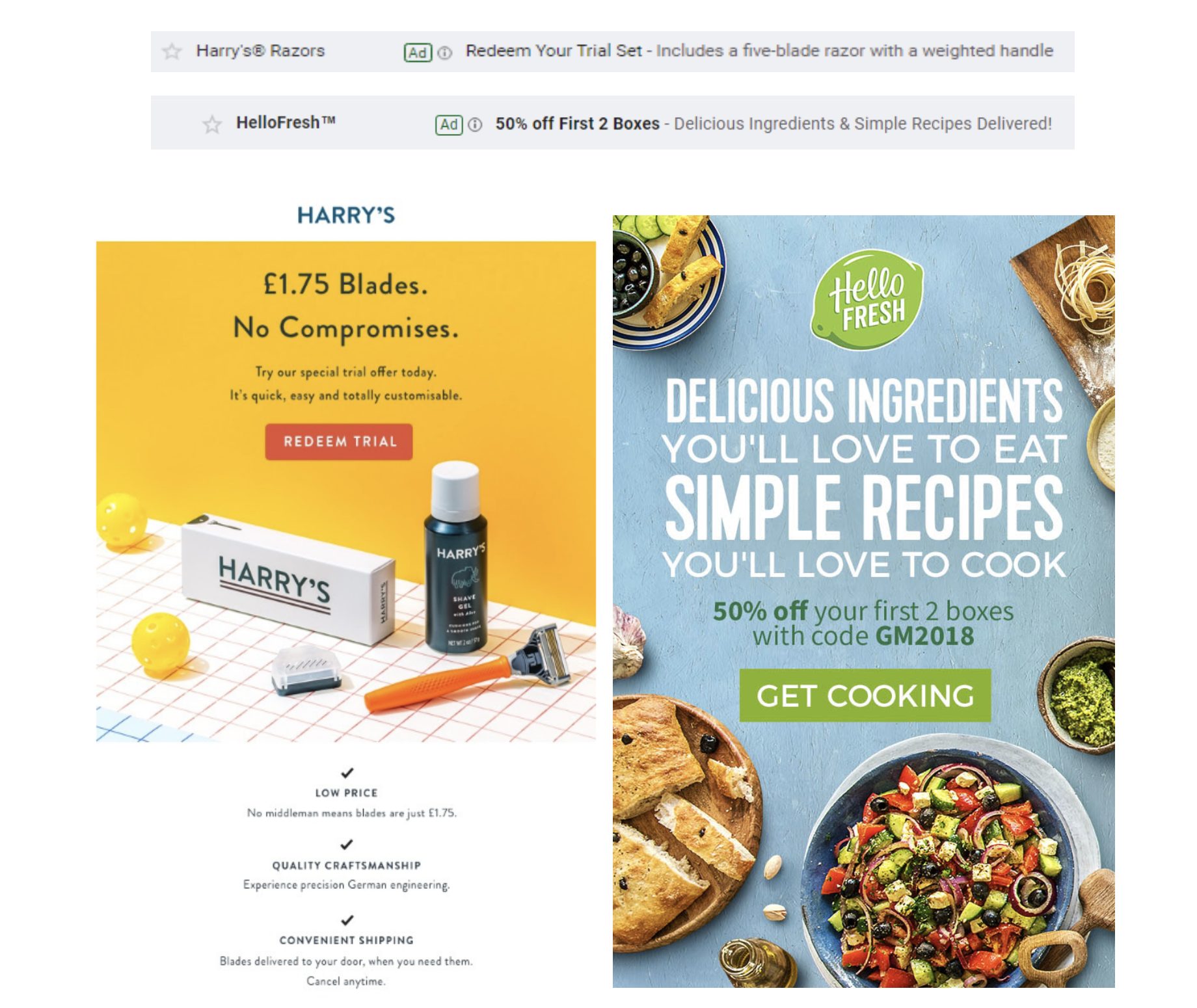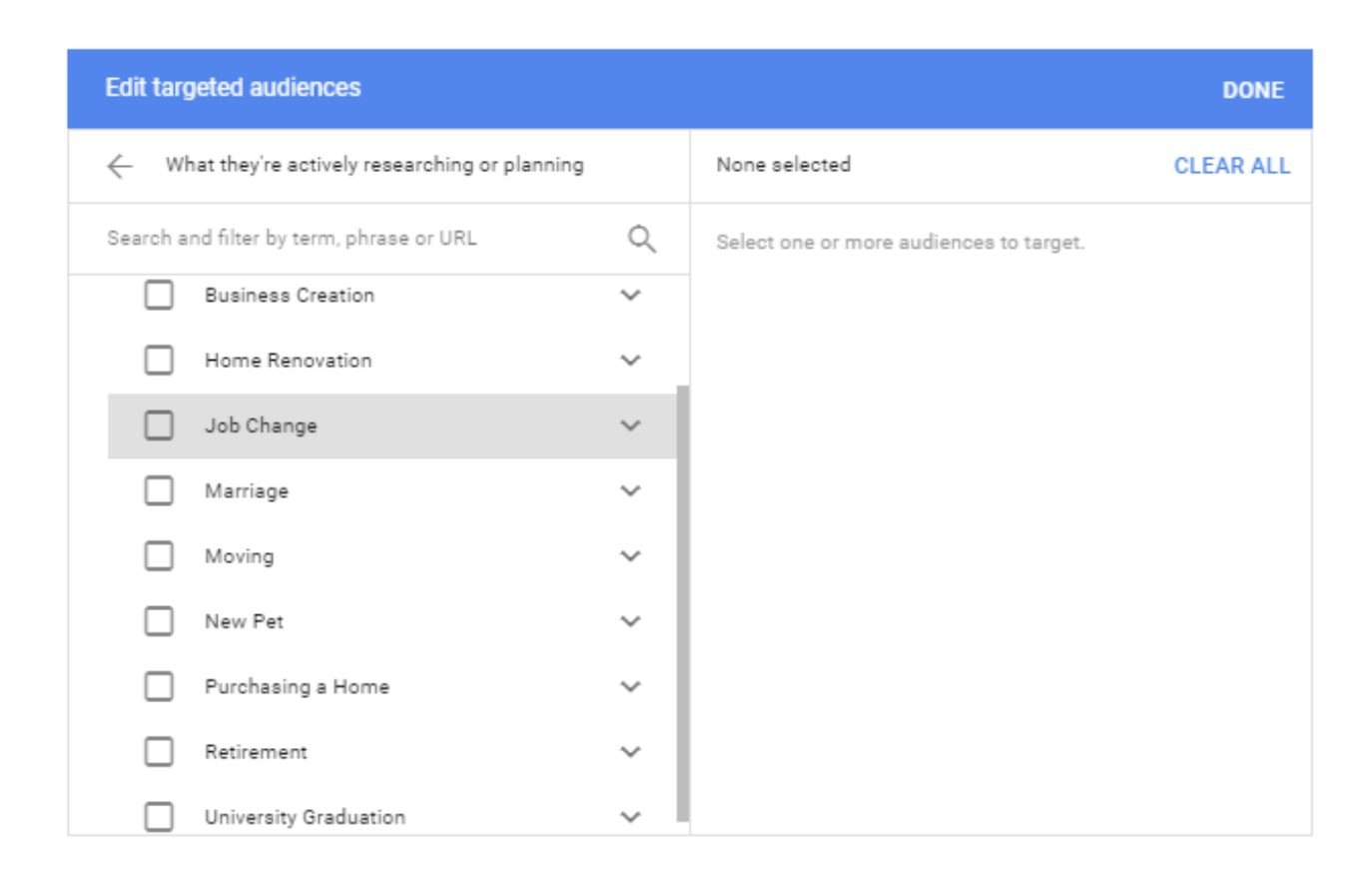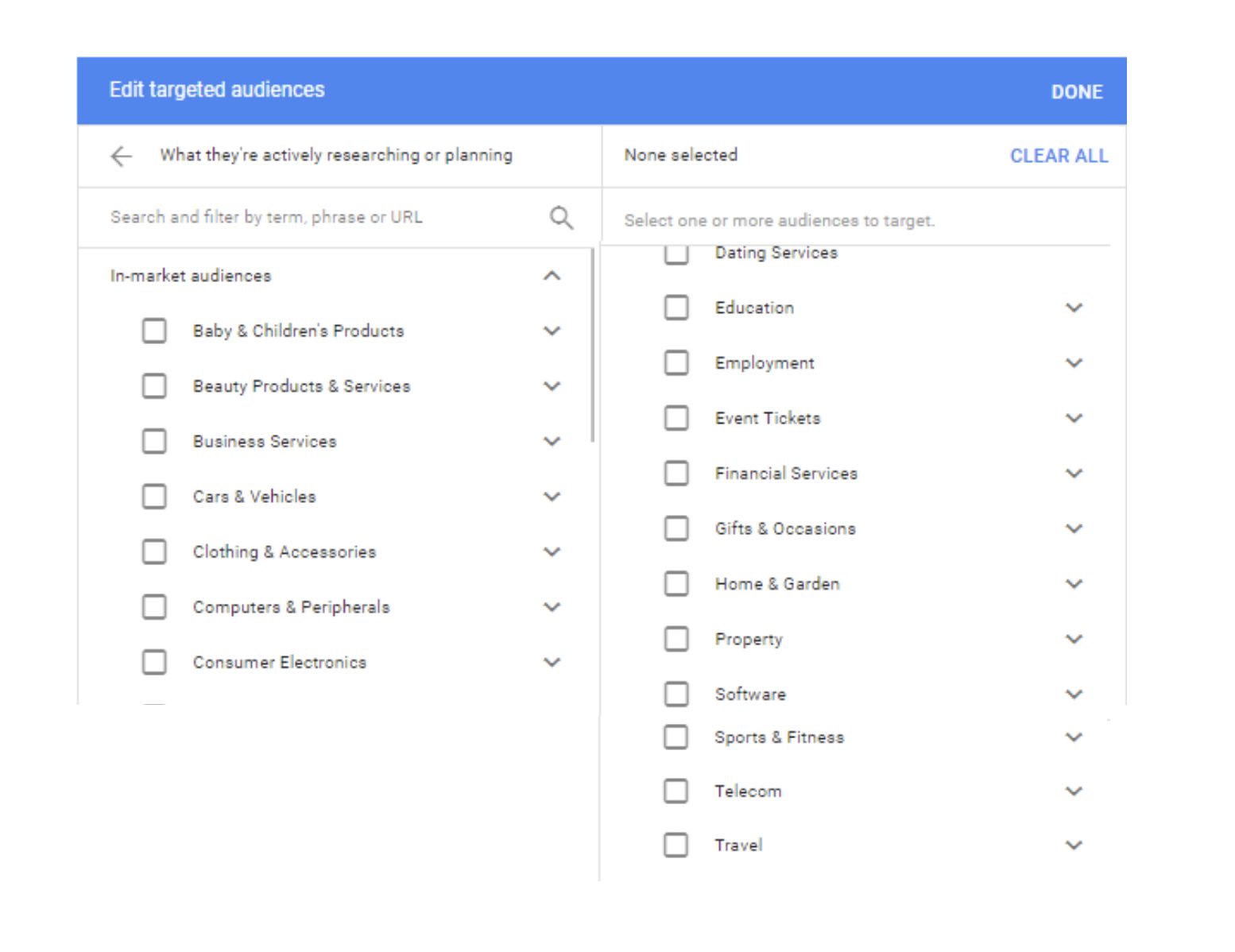News and Insights
How to use Gmail ads for your business
March 21, 2019
Now that you know how to successfully run ads on Facebook, Instagram, Twitter and LinkedIn, we’ll wrap up our social advertising crash course by looking at a platform that is a little less straightforward. With 1 billion active monthly users worldwide, Gmail offers tremendous opportunity for client outreach and customer targeting. Still, it’s often not very high on a business’ priority list. In this article we’ll show you why that should be different: where can Gmail ads offer value, and how can it help you drive business in ways that other types of social advertising cannot?
Email marketing is one of the most effective forms of advertising, but what do you do when you’re just starting out and don’t have masses of e-mail addresses to hand? And what if you’re launching a new product targeting an entirely new audience? Well, that’s where Gmail Sponsored Ads come in.
Appearing at the top of your Social or Promotions folders, Gmail ads appear as ordinary emails (apart from the traditional green ad tag) and open up a full email ad as soon as a user clicks on it. Email content is usually kept simple, only including short copy, an image and a clear call-to-action.
What’s the success rate?
Research by Adobe has shown that on average, people spend around 2,5 hours a day checking their private e-mails – and that is on top of the daily 3 hours most people need to stay on top of their work inbox. This means that ad impressions will always be high, but where you can really make a difference is by effectively enticing people to click. The higher the click-through rate, the better the value, which is why targeting the right audience is absolutely crucial.
With 20%, the average CTR (counted every time an email is opened) for Gmail ads is high – and the higher the CTR, the lower the cost-per-click. The opposite, unfortunately, is also true, resulting in a hefty price tag when ads get little engagement.
The solution is simple: boost those opening rates as much as you can. Not sure how? These 3 quick tips will help you get started:
Use organic e-mail data
Just because it’s paid, doesn’t mean the e-mail content has to be any different. If a subject line worked before, it’s likely to work again.
Target keywords
If you target keywords related to your brand or products, ads will be served to an audience that is much more relevant to you, which is very likely to increase the opening rate.
Play around with emojis
Make your emails stand out by adding fun and relevant emojis to the subject line. As this makes the e-mail seem more informal and less sales-y, it can significantly boost the CTR.
How does it work?
To set up a Gmail ads campaign, you’ll first need to be signed up to Google Adwords. From there, click campaigns, press the ‘+’ button, select a goal (sales, leads, website traffic, brand awareness or promotion), click ‘display’ and select ‘Gmail campaign’.
And that’s when the fun starts. Create an attention-grabbing, short and incredibly sweet e-mail by using high-quality videos, buttons and CTAs. Make it informative, but fun. Interactive, but to the point … and last but not least: make the most of Gmail’s excellent targeting features.
In addition to targeting your audience based on interests and habits (searched keywords, location, visited websites, downloaded apps), Gmail Sponsored Ads offers a way of targeting by intent.
Life event targeting
Whether someone’s getting married or has just graduated from university, this targeting option will help you reach customers who are going through a life event that is relevant to your service or product. Based on browsing habits and existing data, Google’s algorithms work out whether a user falls into any of these categories.
Custom intent
In addition to search history and clicks, this targeting option also takes Chrome history, app install data and YouTube signals into account.
In-market audiences
This feature tracks user behaviour and frequent searches to let you target customers based on what they are actively researching or planning on buying. This is generally an easy win, as this group of customers is already convinced that they need your services.
Measuring performance
As with any digital campaign, measuring success is vital. Adwords lets you track campaign performance through Gmail Forwards, Gmail Clicks to Website and Gmail Saves, depending on what it is that you’re trying to achieve. Our last piece of advice would be to experiment. Play around with the different targeting features and ad layouts to see what works best for your audience – you’ll be an expert before you know it.
-
TAGS:
- Technology



